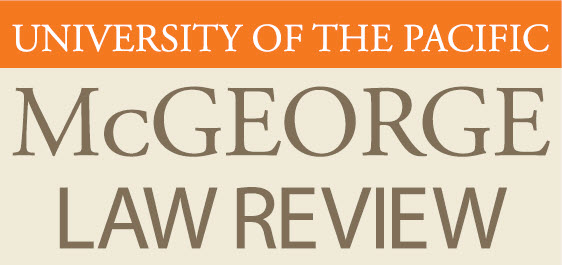
Volume
5
Issue
2
Abstract
In the last decade California has been characterized by intensive suburban development. Traditional methods of land use regulation have been ineffective in alleviating the resultant strain upon local governments in their attempts to adequately accommodate such growth. In 1969 the Town of Ramapo, New York amended its zoning ordinance to implement a revolutionary and comprehensive plan-timing and sequential controls-designed to phase residential growth to coincide with the town's ability to provide necessary services and facilities. Herein, the authors analyze the Ramapo Plan in terms of the legal questions raised thereby and the adaptability of the plan for use by California local governments. The authors conclude that timing and sequential controls amount to an efficient and legally valid tool for the control of residential development, providing that such a plan is implemented pursuant to a carefully reasoned and systematic long-range program for municipal growth.
Recommended Citation
Thomas P. Clark Jr. & Roger A. Grable,
Growth Control in California: Prospects for Local Government Implementation of Timing and Sequential Control of Residential Development,
5
Pac. L. J.
570
(1974).
Available at:
https://scholarlycommons.pacific.edu/mlr/vol5/iss2/5

